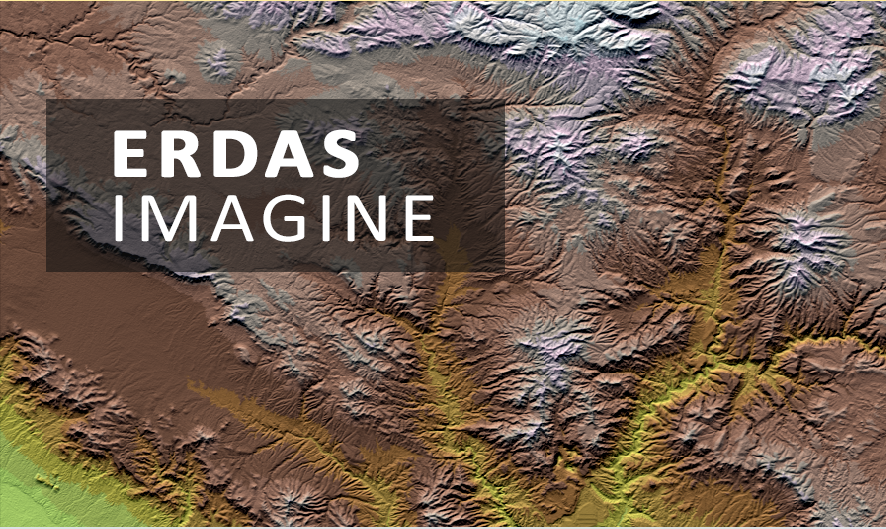Beginners guide to ERDAS IMAGINE
 The use of computers for digital processing and analysis began in the 1960s with early studies of airborne multispectral scanner data and digitized aerial photographs. However, it was not until the launch of Landsat-1 in 1972 that digital image data became widely available for land remote sensing applications. At that time, not only was the theory and practice of digital image processing in its infancy, but also the cost of digital computers was very high, and their computational efficiency was very low by modern standards. Today, access to low-cost, efficient computer hardware and software is commonplace, and the sources of digital image data are many and varied. These sources range from commercial and governmental earth resource satellite systems, to the meteorological satellites, to airborne scanner data, to airborne digital camera data, to image data generated by photogrammetric scanners and other high resolution digitizing systems.
The use of computers for digital processing and analysis began in the 1960s with early studies of airborne multispectral scanner data and digitized aerial photographs. However, it was not until the launch of Landsat-1 in 1972 that digital image data became widely available for land remote sensing applications. At that time, not only was the theory and practice of digital image processing in its infancy, but also the cost of digital computers was very high, and their computational efficiency was very low by modern standards. Today, access to low-cost, efficient computer hardware and software is commonplace, and the sources of digital image data are many and varied. These sources range from commercial and governmental earth resource satellite systems, to the meteorological satellites, to airborne scanner data, to airborne digital camera data, to image data generated by photogrammetric scanners and other high resolution digitizing systems.
The central idea behind digital image processing is quite simple. One or more images are loaded into a computer. The computer is programmed to perform calculations using an equation, or series of equations, that take pixel values from the raw image as input. In most cases, the output will be a new digital image whose pixel values are the result of those calculations. This output image may be displayed or recorded in pictorial format or may itself be further manipulated by additional software. The possible forms of digital image manipulation are seemingly infinite.
Erdas Imagine is the go to computer software for the remote sensing purpose. It is widely recognised for its processing capabilities. Beginners guide to Erdas Imagine will give you an outlook of popular and basic tools used in Erdas Imagine. At present we are limiting the knowledge level to basic and further updations can be expected in near future.